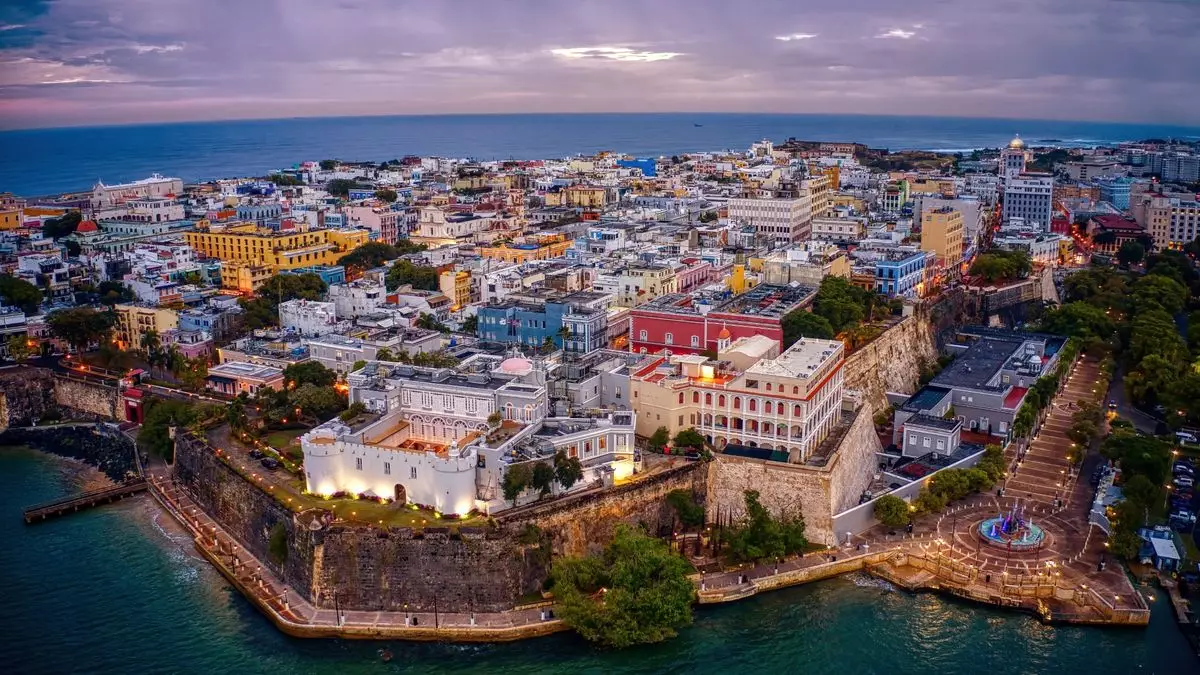As Puerto Rico grapples with a widespread energy outage, the situation is a stark reminder of the ongoing struggles facing the island’s power infrastructure. Reported around 12:30 PM on Wednesday, the power failure has left many residents in the dark, with expectations from LUMA Energy, the responsible power company, indicating that full restoration may take up to 48 hours. This crisis is far from an isolated event; it is part and parcel of a longer saga characterized by frequent outages and systemic challenges that have plagued Puerto Rico since Hurricane Maria devastated the region in 2017.
The Impact on Daily Life
The effects of this outage ripple through every corner of daily life on the island. While Luis Munoz Marin International Airport continues to stay functional, assuring travelers that air connectivity remains intact, the local economy suffers from the outages. Many businesses and hotels have turned to generators to maintain operations, yet this is hardly an equitable solution. The inconsistency in power supply notably affects small establishments and restaurants that may not have the resources to invest in such emergency measures, raising questions about fairness and accessibility during crises.
Despite Discover Puerto Rico’s assurance that significant areas like Old San Juan are still vibrant, running on backup power, it’s essential to acknowledge the strain on local businesses. The charm of bustling markets and eateries cannot mask the alarming reality of those establishments forced to operate under compromised conditions. For instance, Ponce, known for its historical resonance, stands dimmed and quiet, with only a quarter of its residents enjoying electricity—derailing both livelihood and cultural vibrancy.
A History of Energy Inefficacy
The ongoing crisis reflects systemic inefficiencies that have deep roots. Puerto Rico’s energy grid has long been criticized for its outdated technology and poor management, a situation that was only exacerbated by the catastrophic events of 2017. Unfortunately, the aftermath has not led to robust reforms; instead, it has bred a cycle of temporary fixes rather than long-term solutions. Revelations that only 42% of customers had power as of late Thursday afternoon indicate a broader issue with response protocols and infrastructure resilience.
What makes the current scenario particularly frustrating for residents is not just the mere inconvenience of outages but the fear that accompanies these power failures. Each outage serves as a reminder of the vulnerability of the public utility systems on the island and their inability to withstand both natural disasters and the challenges of modern energy demands.
The Path Forward
LUMA Energy’s commitment to restore power to 90% of customers by Friday brings a glimmer of hope. However, this immediate goal must also catalyze critical discussions about building a more resilient energy infrastructure in Puerto Rico going forward. The blend of renewable energy sources, updated grid systems, and better emergency protocols could safeguard against future outages, but only if officials prioritize these changes. The island’s history deserves more than reactive measures; it calls for visionary planning and commitment.

